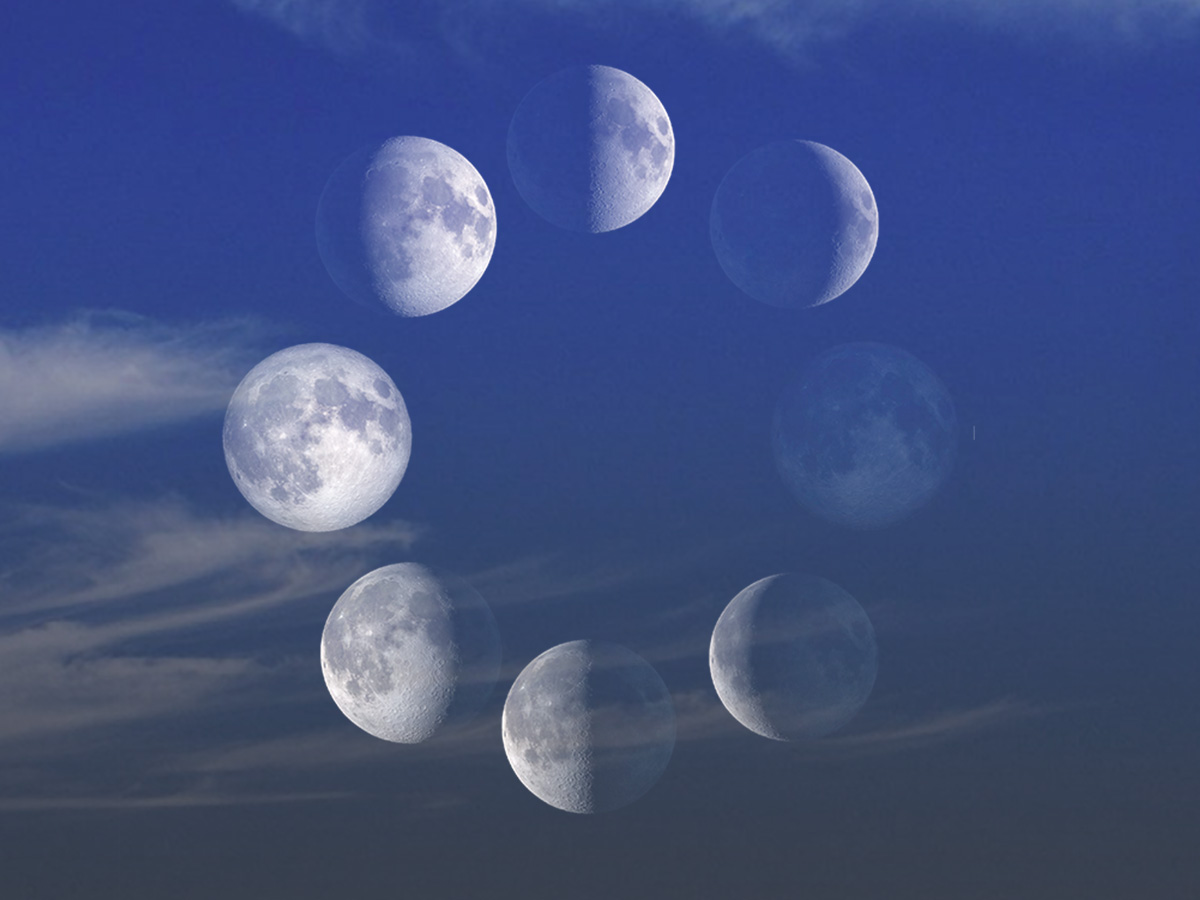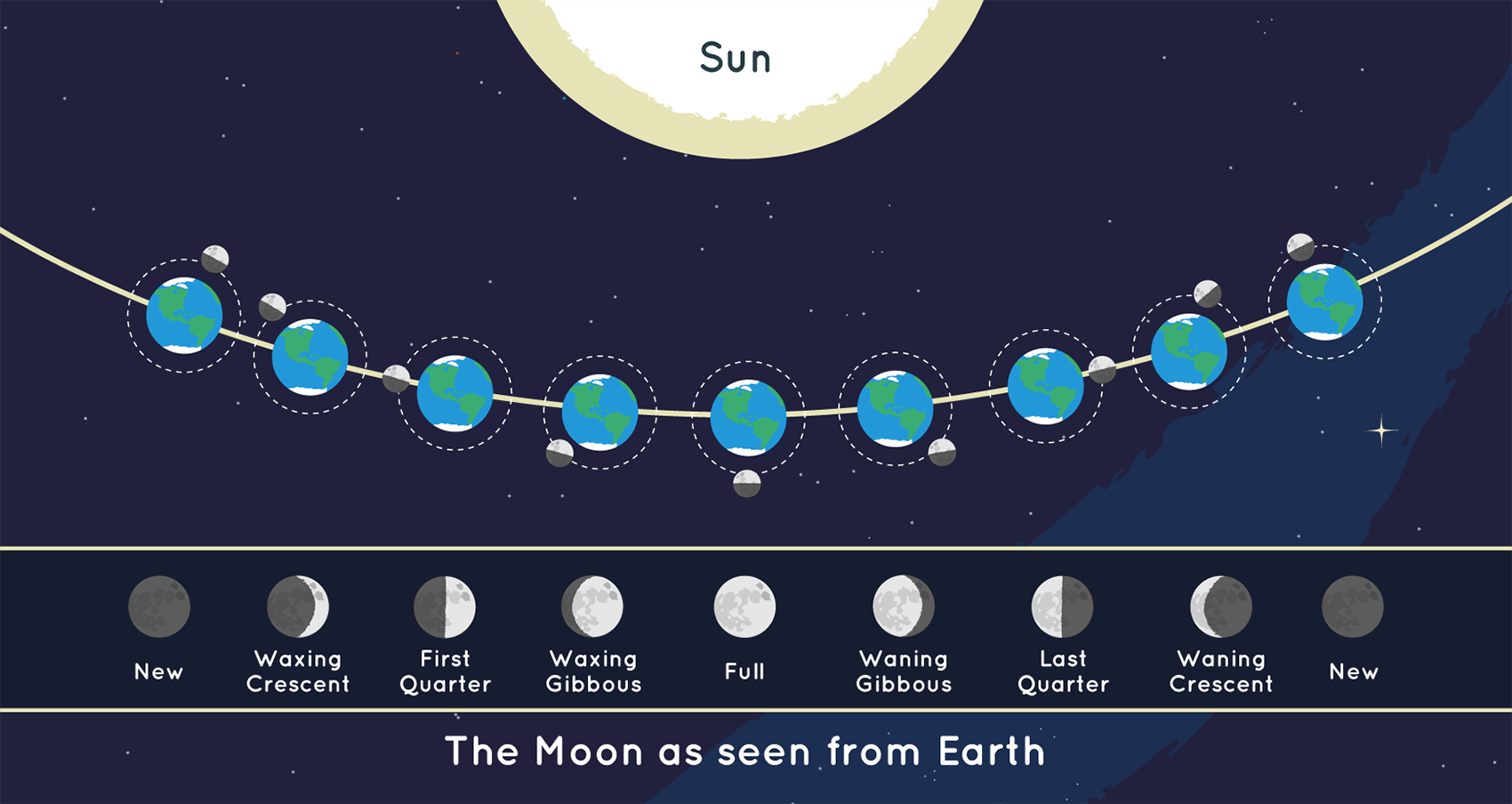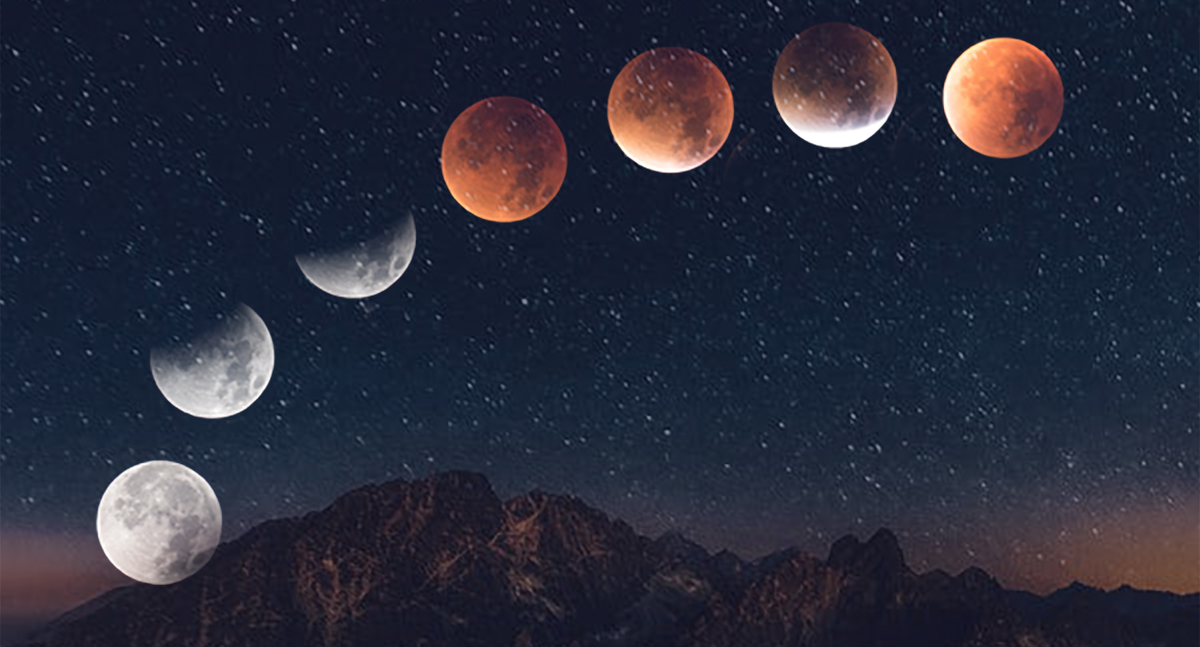Moon Phases Nasa Science Phases Eclipses And Supermoons Moon To Create Moonlight

Eclipses And The Moon Nasa Science Humans arrived for the first time to the moon and any extraterrestrial body, by orbiting the moon december 24 25, 1968 with apollo 8 of the united states, and by stepping on to the moon at mare tranquillitatis on july 20, 1969 with the lander eagle of apollo 11. The moon makes earth more livable, sets the rhythm of ocean tides, and keeps a record of our solar system's history. explore nasa lunar science here.

Moon Phases Moon In Motion Moon Nasa Science Learn how earth's moon formed, how its orbit affects earth's tides, why solar and lunar eclipses happen and the history of lunar exploration. How big is the moon? the moon is earth’s only permanent natural satellite, and it’s the fifth largest satellite in our solar system. the moon’s diameter is approximately 2,160 miles (3,475. A moon is an object that orbits a planet or something else that is not a star. besides planets, moons can circle dwarf planets, large asteroids, and other bodies. objects that orbit other objects are also called satellites, so moons are sometimes called natural satellites. We see the full moon when the sun is directly behind us, illuminating a full hemisphere of the moon when it is directly in front of us.

Eclipses Phases Eclipses Supermoons Moon Nasa Science A moon is an object that orbits a planet or something else that is not a star. besides planets, moons can circle dwarf planets, large asteroids, and other bodies. objects that orbit other objects are also called satellites, so moons are sometimes called natural satellites. We see the full moon when the sun is directly behind us, illuminating a full hemisphere of the moon when it is directly in front of us. The moon (or luna) is the earth’s only natural satellite and was formed 4.6 billion years ago around some 30–50 million years after the formation of the solar system. Moon, earth’s sole natural satellite and nearest celestial body. known since prehistoric times, it is the brightest object in the sky after the sun. its name in english, like that of earth, is of germanic and old english derivation. The earth and moon are tidally locked. their rotations are so in sync we only see one side of the moon. humans didn't see the lunar far side until a soviet spacecraft flew past in 1959. the moon has a solid, rocky surface cratered and pitted from impacts by asteroids, meteorites, and comets. The trump administration is accelerating plans to place a nuclear reactor on the moon to power a base for humans. the reactor would launch to the moon by 2030, according to a directive by acting.
Moon Phases Phases Eclipses Supermoons Moon Nasa Science The moon (or luna) is the earth’s only natural satellite and was formed 4.6 billion years ago around some 30–50 million years after the formation of the solar system. Moon, earth’s sole natural satellite and nearest celestial body. known since prehistoric times, it is the brightest object in the sky after the sun. its name in english, like that of earth, is of germanic and old english derivation. The earth and moon are tidally locked. their rotations are so in sync we only see one side of the moon. humans didn't see the lunar far side until a soviet spacecraft flew past in 1959. the moon has a solid, rocky surface cratered and pitted from impacts by asteroids, meteorites, and comets. The trump administration is accelerating plans to place a nuclear reactor on the moon to power a base for humans. the reactor would launch to the moon by 2030, according to a directive by acting.
Comments are closed.